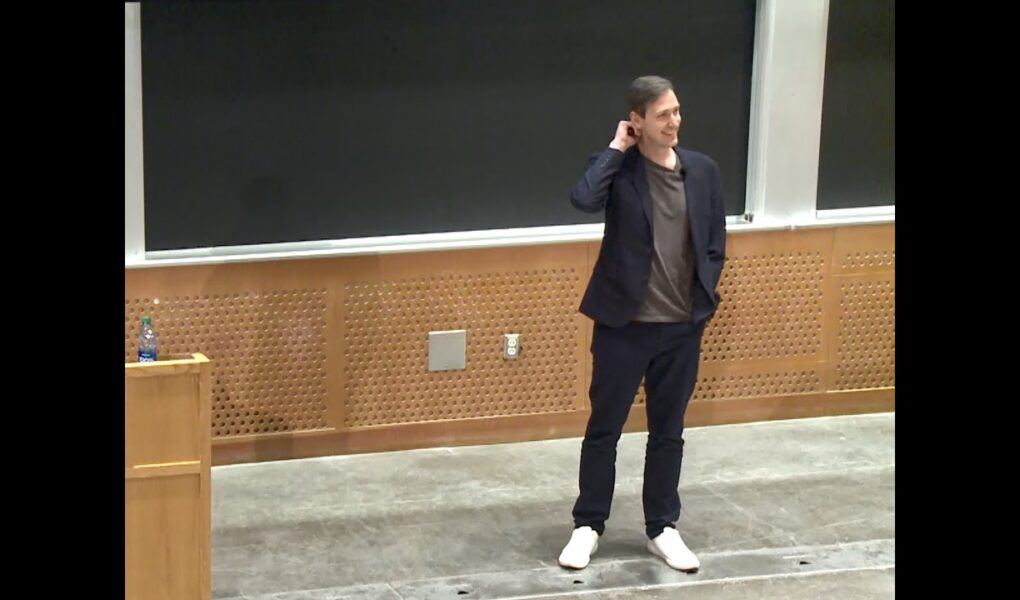Sebastien Bubeck
The new wave of AI systems, ChatGPT and its more powerful successors, exhibit extraordinary capabilities across a broad swath of domains. In light of this, we discuss whether artificial INTELLIGENCE has arrived.
Paper available here: https://arxiv.org/abs/2303.12712
Video recorded at MIT on March 22nd, 2023
